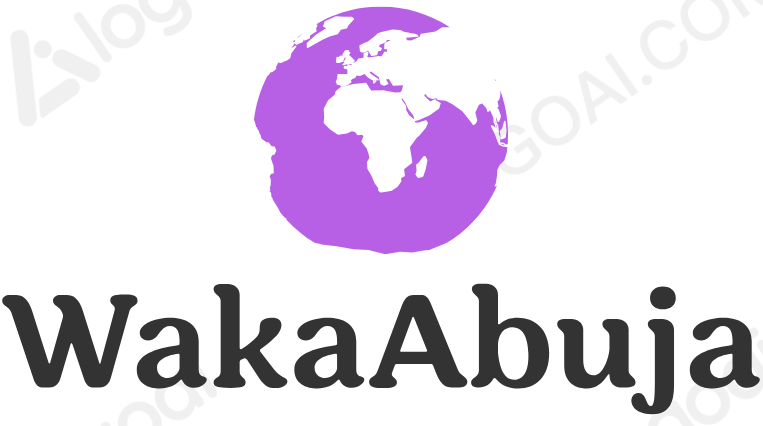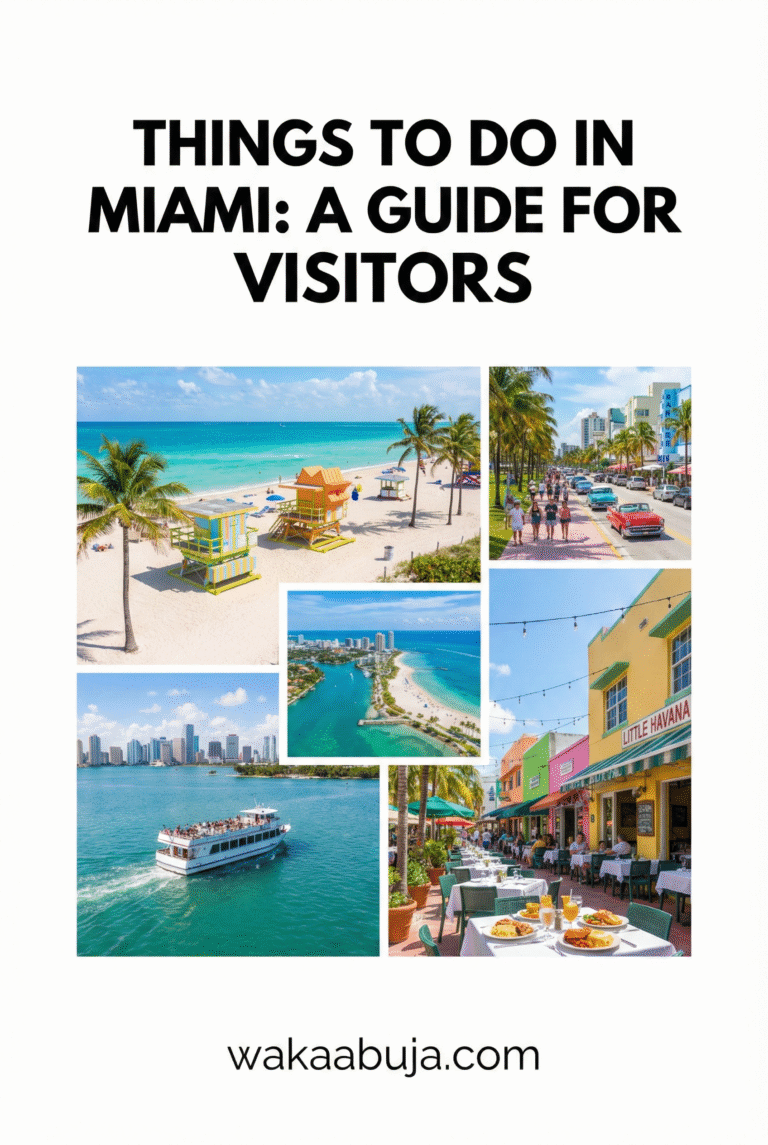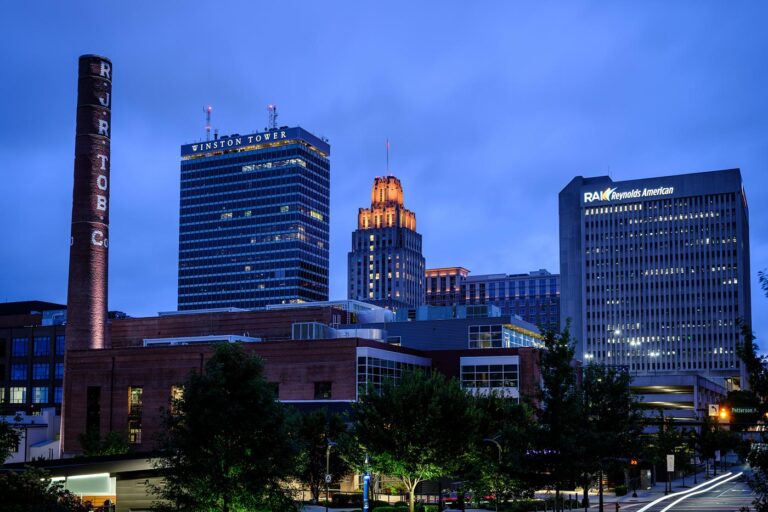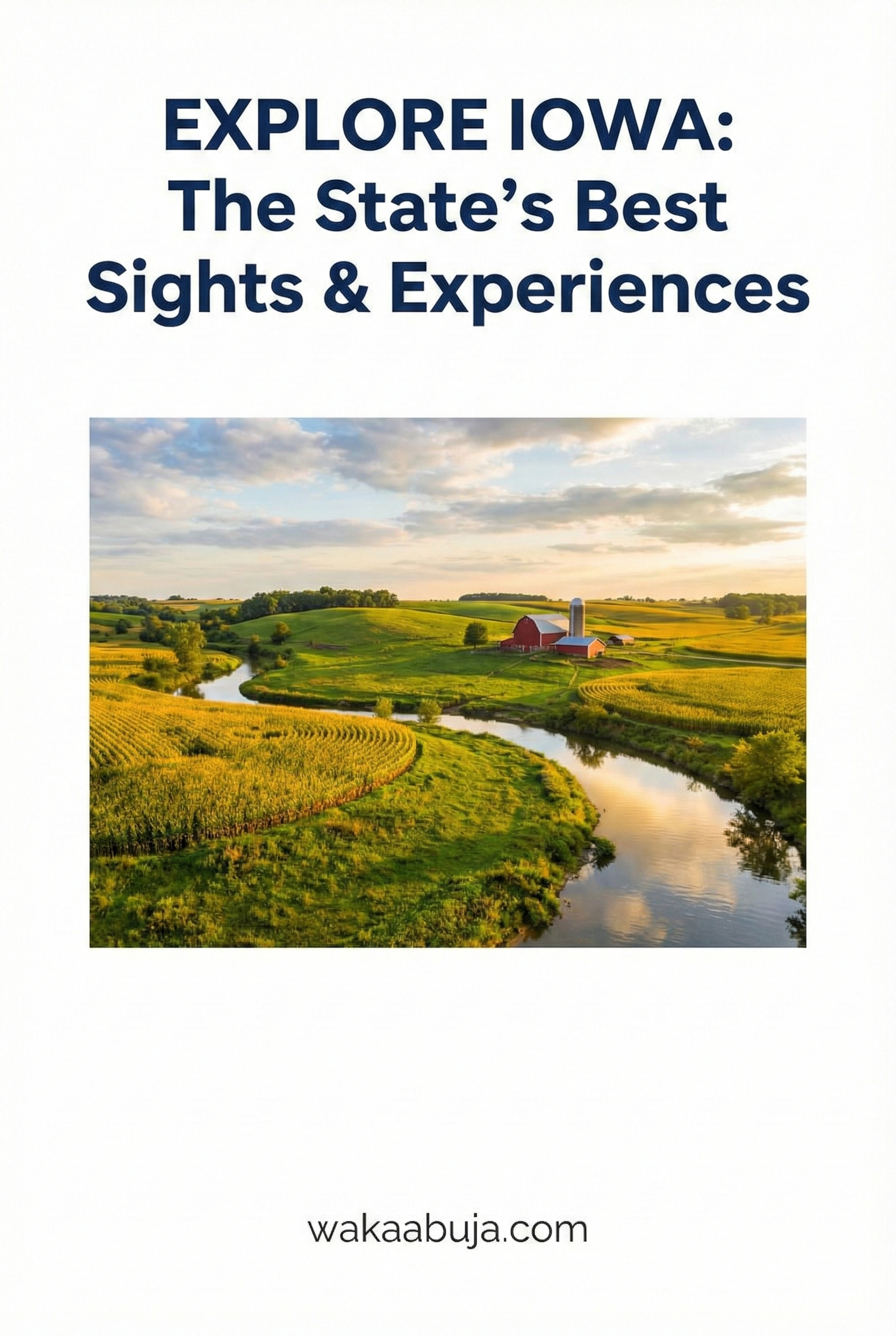This guide offers personal insights, safety advice, costs, and travel tips for an unforgettable Moroccan adventure.
Jump directly to best time to visit | Travel Tips & Safety | Where to Stay | Typical Costs & Budgets | Getting Around | Tours & Experiences | FAQ
When is the Best Time to Visit Morocco?
From my firsthand experience, planning your trip to Morocco during the shoulder seasons of spring (March to May) and autumn (September to November) offers the perfect balance between pleasant weather and manageable tourist crowds. The climate is warm but not scorching, ideal for exploring vibrant cities like Marrakech, Fes, and the coastal gems of Essaouira and Tangier without the oppressive heat of summer.
Summers in Morocco can be brutally hot, often exceeding 40°C, especially inland and in the Sahara Desert regions. Winters bring chilly nights and some snow in the Atlas Mountains, rewarding adventurous travelers willing to trek or experience the Sahara’s contrasting climate. Springtime blooms and autumn’s golden hues add natural beauty to your visit, making these months the most enjoyable in terms of weather and sightseeing.
Keep in mind, Morocco is a predominantly Muslim country, so events like Ramadan (dates change annually) affect restaurant and business hours. Witnessing Ramadan traditions can be a cultural highlight but requires some planning.
“I arrived in Morocco in mid-October last year, and the mild evenings coupled with lively local markets made every experience enchanting. Avoiding the summer heat was key for me to enjoy desert excursions and hiking comfortably,” a seasoned traveler shared.
Essential Travel Tips and How to Stay Safe in Morocco
Morocco is widely welcoming to tourists, but like any travel destination, exercising caution ensures a smooth trip. Violent crime is rare but petty crime such as pickpocketing can happen, especially in busy medinas and tourist areas. Avoid carrying too much cash, stay alert in crowded spaces, and beware of distractions designed to steal your belongings.
Driving at night is generally discouraged due to varied road conditions and some vehicles lacking adequate lighting. When exploring cities or rural areas, opt for registered taxis or reputable private drivers. Respecting local customs, such as modest dress codes, especially in religious areas, fosters a respectful and safe experience.
Emergency contacts to keep handy include the local police (19) and medical services (15). Many hotels and tour operators provide 24/7 emergency assistance, which I found invaluable during a minor illness in Marrakech.
Where to Stay: Best Options for Every Traveler
From luxury riads tucked into ancient medinas to budget-friendly hostels and mountain gîtes, Morocco offers accommodation to suit every preference and budget. In Marrakech and Fes, traditional riads provide an authentic experience—many are beautifully restored with courtyards and rooftop terraces offering stunning views of the city.
If you prefer coastal vibes, Essaouira and Agadir have relaxed beach resorts and surf lodges. For desert adventurers, booking a night in a Berber camp under the stars is unforgettable. I recommend using platforms like Airbnb or boutique hotel sites for vetted stays with great reviews and local charm.
Typical Daily Costs and Budget Recommendations
Expect to spend around $30-$50 USD/day. This includes hostel stays, street food like tagines and couscous, public transport, and free or low-cost sightseeing.
Around $70-$150 USD/day covers comfortable riad stays, guided city tours, meals at mid-range restaurants, and occasional taxis.
From $200 USD/day upwards, enjoy upscale riads or resorts, private tours, fine dining, and hassle-free transport options.
Money-saving tip: Tour packages often bundle lodging, transport, and guided experiences at a discount. Booking tours through reputable agencies also adds convenience and safety.
How to Get Around Morocco: Transportation Options
The most popular ways to navigate Morocco include buses, trains, grand taxis (shared taxis), and private hires. The train network connects major cities like Casablanca, Rabat, Marrakech, and Fes reliably and affordably. For regional or desert treks, renting a private driver or 4×4 vehicle is highly recommended for flexibility and safety.
In cities, petit taxis are affordable and convenient for short trips; always agree on fares beforehand or ensure the meter is running. Walking is often the best way to explore medinas, narrow alleys, and souks, soaking up the atmosphere at your own pace.
Top Tours and Experiences to Include in Your Moroccan Adventure
Rich cultural tours, Sahara desert excursions, and city walking tours top the list for me. Notable experiences I recommend:
- Exploring the blue streets of Chefchaouen, a photographer’s dream.
- Guided camel trekking in the Sahara Desert, including overnight in Berber camps.
- Historical walks in Fes’s ancient medina, the world’s largest car-free urban area.
- Sunset dinners with panoramic views atop Marrakech’s rooftop restaurants.
Many travelers find multi-day package tours ideal for covering multiple highlights safely and comfortably. From $900 upwards for 7-10 day tours, these include private guides, transportation, and handpicked accommodation.
Frequently Asked Questions About Visiting Morocco
What is the safest way to travel around Morocco?
Using official trains for intercity travel and registered taxis or private drivers in cities is safest. Avoid driving at night and stay vigilant in crowded areas.
How much money should I budget per day in Morocco?
Daily budgets can range from $30 for backpackers to over $200 for luxury travelers. Mid-range travelers usually find $70-$150 per day sufficient.
Are there any cultural customs I should be aware of?
Yes, Morocco is a Muslim-majority country with conservative dress codes, especially for women in rural areas. It’s respectful to dress modestly and be mindful during Ramadan.
When is Ramadan, and how does it affect tourism?
Ramadan dates shift yearly; during the fasting month, restaurants may close during daylight, and business hours can change. Experiencing Ramadan offers cultural insight but needs planning.
What should I pack for a trip to Morocco?
Pack lightweight clothing for warm days, layers for cool evenings, comfortable walking shoes, sun protection, and a modest scarf or shawl for visits to religious sites.
Final Travel Tips
Always check updated travel advisories and respect local customs for the best experience. Booking tours through reputable agencies ensures safety, and having a flexible itinerary helps you savor Morocco’s diverse offerings at your own pace.
Keep emergency contacts handy and consider travel insurance for peace of mind. Enjoy the magical blend of ancient cultures, stunning landscapes, and warm hospitality that Morocco offers!
Disclaimer: WakaAbuja has made every effort to ensure that the information in this post was correct at the time of publication. However, we do not assume any liability caused by errors such as pricing, hours, or location details. Please consult official websites or social media pages for the most up-to-date information.




